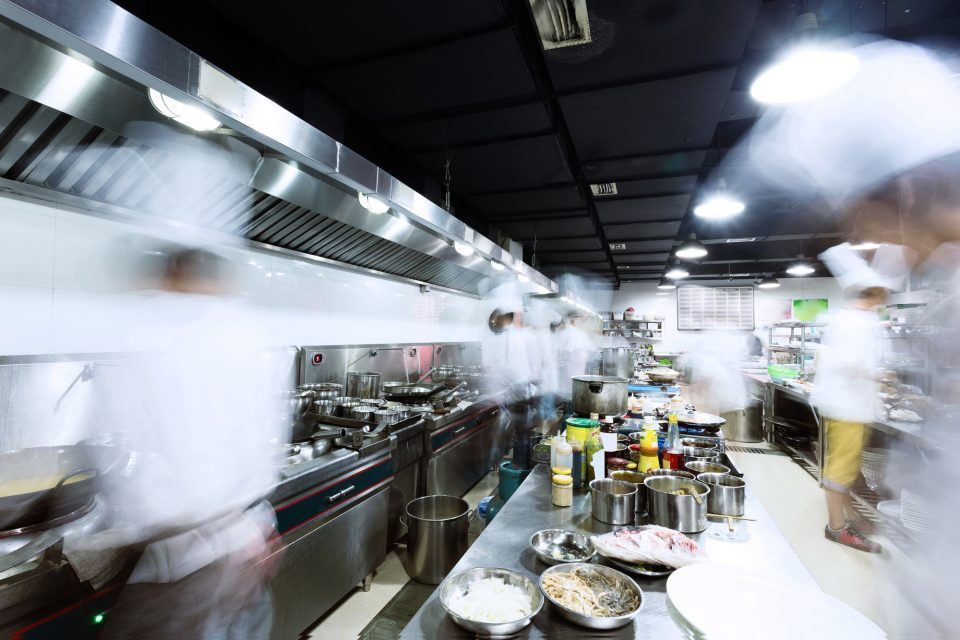With Covid-19 forcing people to stay at home, demand for food delivery from dark kitchens has been increasing. With many restaurants now unable to keep workers on payroll, some cloud kitchens are hiring staff to keep up with demand.
Dark kitchens, also known as ghost or cloud kitchens consist of premises where food is prepared for home delivery or collection but do not have a dining area or waiters. It is a kitchen-only concept that process and produces orders for delivery. The business’ customer service and dining area rental aspects are removed, cutting costs and enabling a direct relationship with consumers. There are no tables, chairs, servers, hosts or a storefront. The food is only accessible online or through a mobile app and delivered to the guest’s location.
These new concepts are slowly emerging as a way for companies to boost business while minimising their operational footprint. With no brick and mortar, dark kitchens are flexible with their menu offering and operators are adapting to consumer tastes as trends happen. Typically unbranded, operators have the potential to play out multiple concepts while utilising the same space. This spatial economy increases revenue opportunities, much like the very concept of pivoting. Commercial viability is optimised by growing virtual brands (as an example) that translate into meaningful experiences for diners/subscribers.
With the economic downturn brought on by the pandemic, businesses in the food services industry are likely to keep costs minimal to ensure healthy operations. Ghost kitchens are expected to increase, picking up increased demand from customers and millennial spending trends, as well as potentially traditional restaurants that want to keep overheads low.
